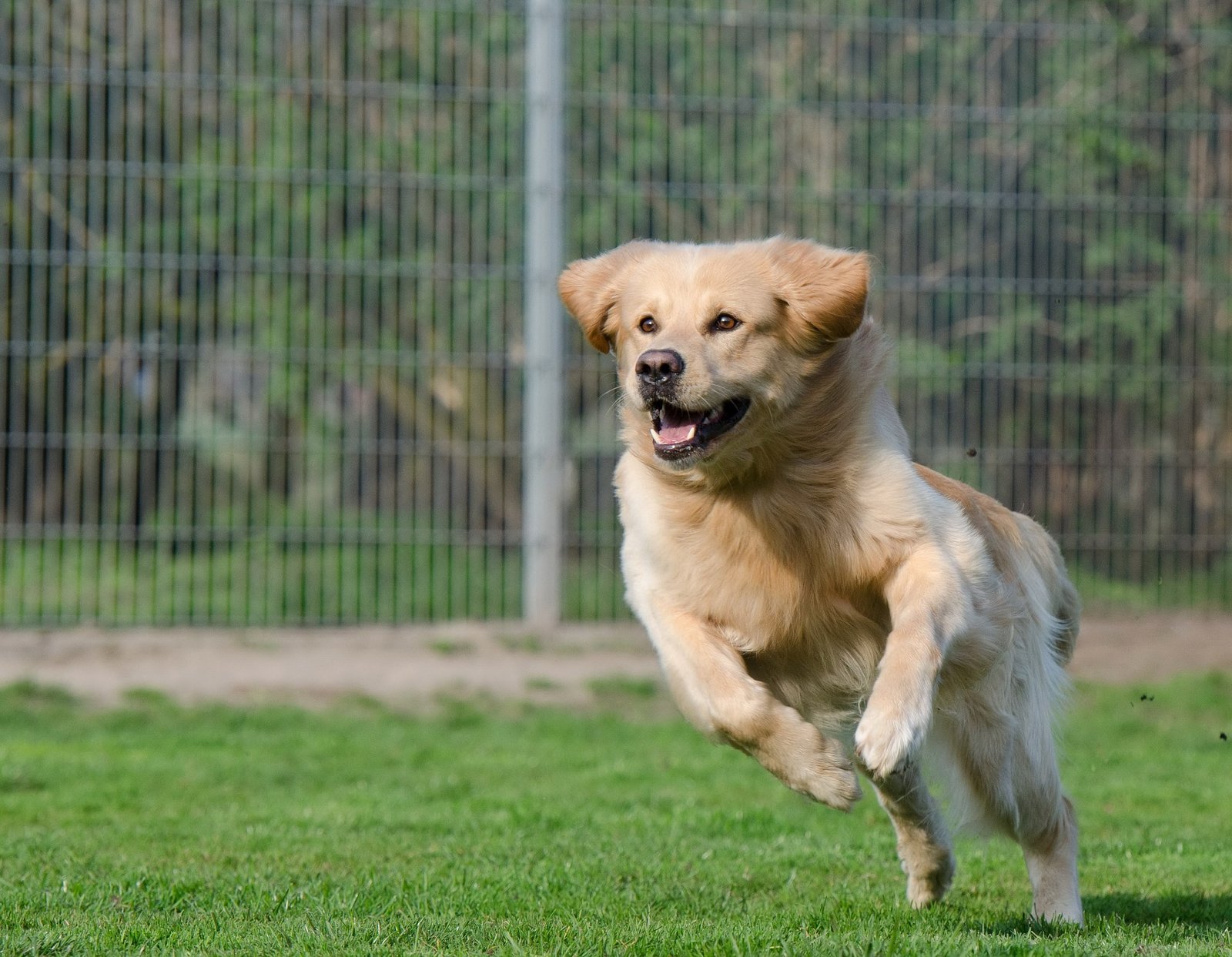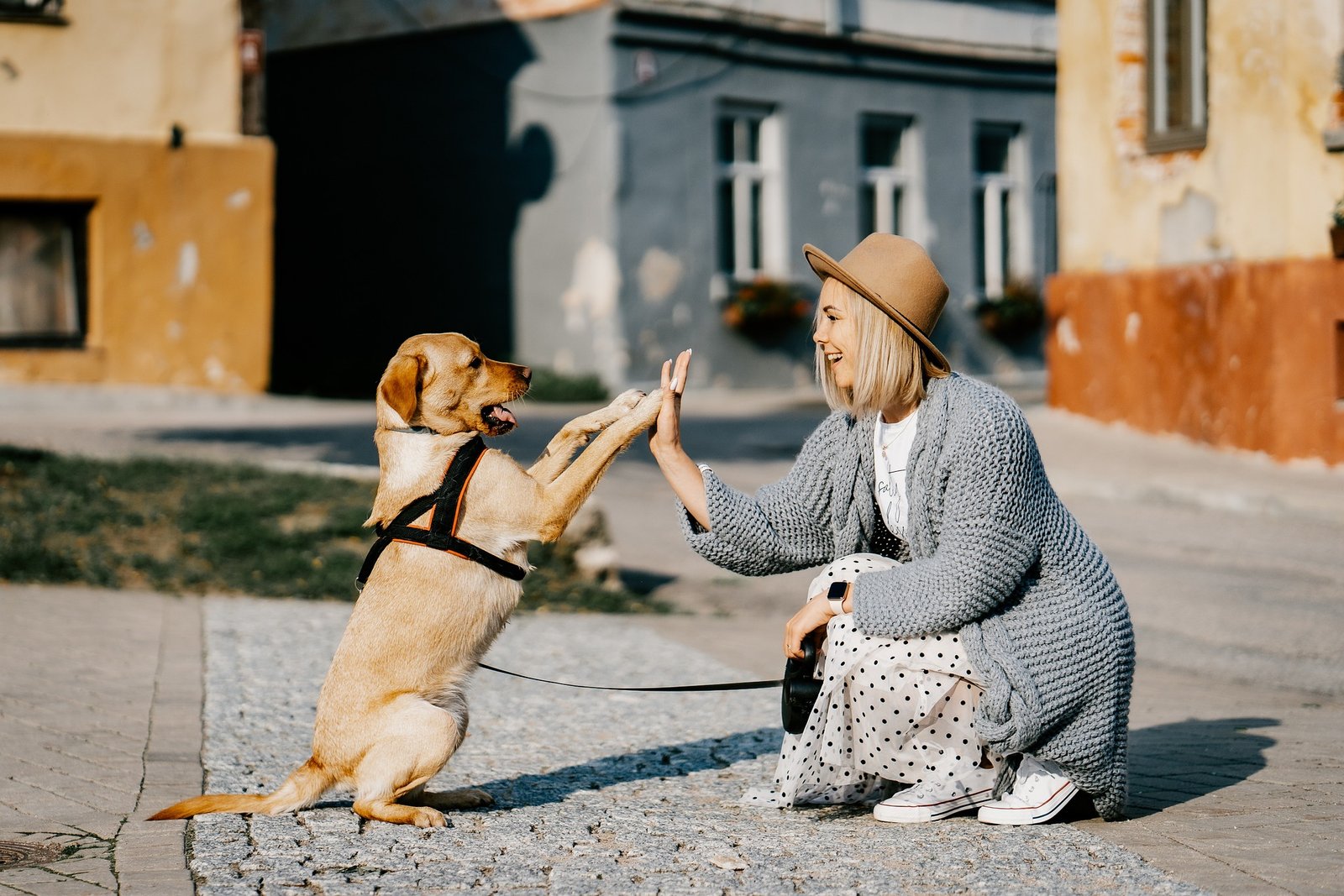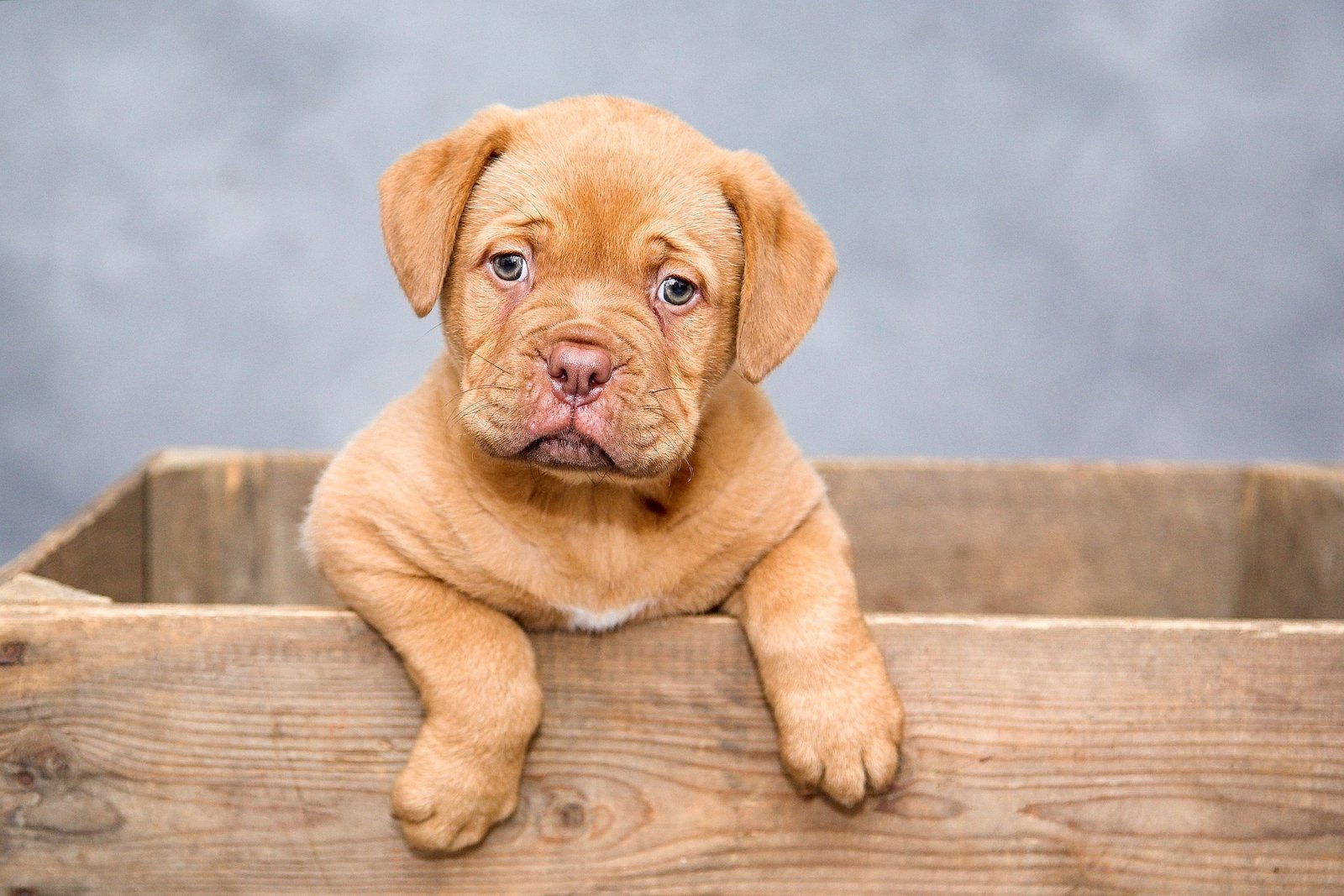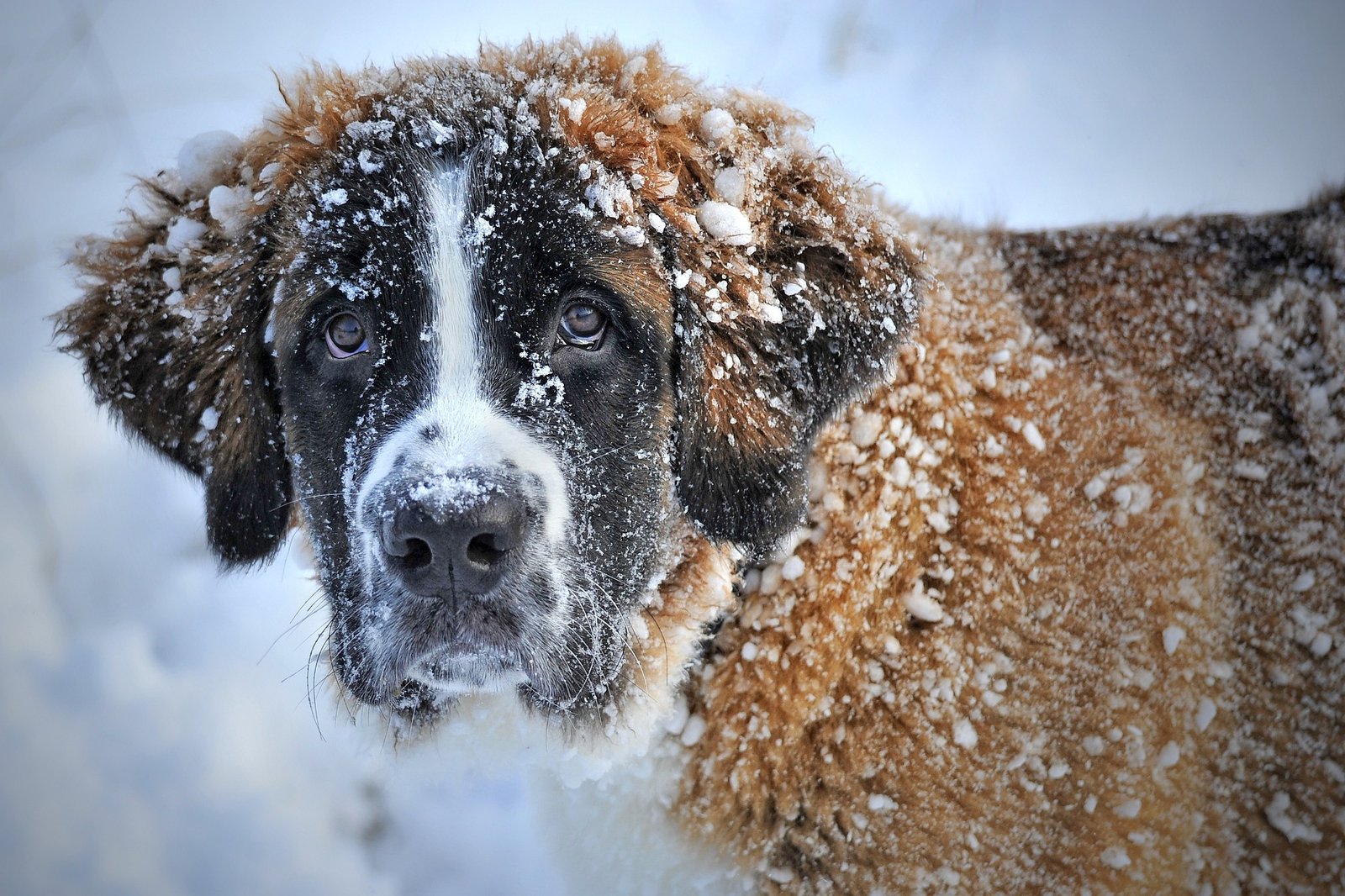
How to Support Your Reactive Dog
Dealing with a reactive dog can be a challenging experience, but with the right strategies and support, you can help your furry friend feel more comfortable and secure in various situations. Reactive behavior in dogs can manifest as barking, lunging, or aggressive posturing, often in response to triggers such as other dogs, people, or loud noises. Understanding how to support your reactive dog is essential for their well-being and your peace of mind. Here’s how you can create a positive environment for your pet.
1. Understand the Triggers
The first step in supporting your reactive dog is identifying their triggers. Take note of the situations, sounds, or sights that provoke a reaction. Common triggers include other dogs, unfamiliar people, or sudden movements. By understanding what sets off your dog, you can develop a more tailored approach to training and management. Keeping a journal can be helpful; document your dog’s reactions in various situations to find patterns. Once you know the triggers, you can work on desensitizing your dog to them, gradually introducing them in a controlled manner.
2. Consult a Professional
Finding a qualified professional to help with your dog’s reactivity can be invaluable. Search for “canine trainers near me” to locate trainers experienced in dealing with reactive dogs. Look for trainers who use positive reinforcement methods, as these are the most effective and humane approaches for modifying behavior. A professional trainer can assess your dog’s specific needs and provide you with customized strategies to help your dog feel more confident and less reactive in various situations.
3. Use Positive Reinforcement
Positive reinforcement is one of the most effective techniques for training a reactive dog. This approach involves rewarding your dog for calm behavior, helping them associate positive experiences with previously stressful situations. Use high-value treats, praise, or toys to reinforce good behavior when your dog encounters their triggers. For example, if your dog remains calm when passing another dog, immediately reward them. Over time, your dog will learn that staying relaxed leads to positive outcomes, which can help reduce their reactivity.
4. Create a Safe Space
Establishing a safe space for your reactive dog can provide them with a sense of security. This area should be a quiet, comfortable spot in your home where your dog can retreat when they feel overwhelmed. Use a crate, dog bed, or a designated room as their safe zone. Make it a positive environment by adding their favorite toys, blankets, and treats. When your dog shows signs of stress or anxiety, gently guide them to this space, allowing them to decompress in a familiar and calming environment.
5. Gradual Exposure to Triggers
Once you understand your dog’s triggers, you can work on gradually desensitizing them to those stimuli. This process involves exposing your dog to their triggers in a controlled and manageable way. Start at a distance where your dog feels comfortable and gradually decrease that distance over time. For instance, if your dog is reactive to other dogs, begin by observing them from afar while rewarding your dog for calm behavior. As your dog becomes more relaxed, you can gradually move closer to the trigger, always rewarding calm behavior and providing plenty of breaks as needed.
6. Manage the Environment
While you’re working on training, managing your dog’s environment can help prevent reactive situations from escalating. Use leashes and harnesses designed for control, and consider a head halter for additional guidance. Avoid crowded areas where your dog may feel overwhelmed, especially during the training process. If you know your dog reacts strongly to certain stimuli, plan your outings accordingly. For example, take walks during less busy times or choose routes that steer clear of known triggers.
7. Consistent Training
Consistency is key when working with a reactive dog. Make sure everyone in your household is on the same page regarding training techniques and rules. Use the same commands, rewards, and techniques to avoid confusing your dog. Regular training sessions, even short ones, can reinforce positive behavior and build your dog’s confidence. Incorporating training into daily routines can help your dog feel more secure and accustomed to various situations.
8. Be Patient and Kind
Supporting a reactive dog is a journey that requires patience and understanding. Progress may be slow, and there will likely be ups and downs along the way. Celebrate small victories and remain positive, even on challenging days. Your dog is trying their best to adapt, and your encouragement will make a significant difference in their journey. Being patient and compassionate will strengthen your bond, helping your dog feel more secure in their environment.
Conclusion
Supporting your reactive dog involves understanding their triggers, consulting with professionals, and using positive reinforcement strategies. By creating a safe space, managing their environment, and exposing them gradually to triggers, you can help your furry friend become more confident and relaxed. Remember to be patient and consistent in your training efforts. If you’re looking for guidance, don’t hesitate to search for “canine trainers near me” to find a trainer who can help you and your dog navigate this journey together. With love, support, and proper training, your reactive dog can learn to thrive and enjoy life to the fullest




Post Comment